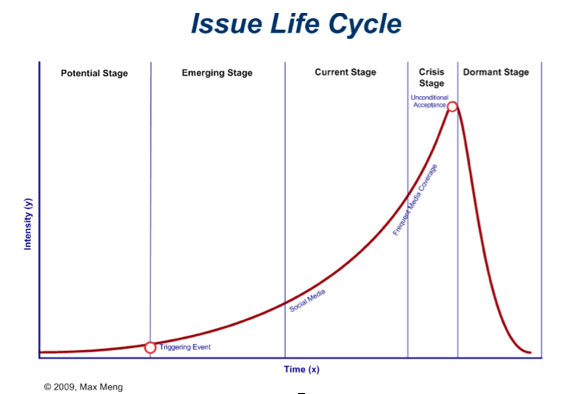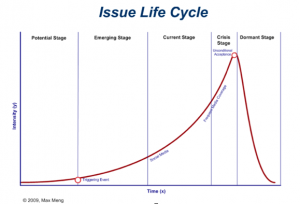Let’s get you out of your comfort zone. Instead of talking business, let’s start with a little philosophy. A man called Heraclitus, an ancient Greek philosopher said “No man ever steps in the same river twice, for it’s not the same river and he’s not the same man”
Change cannot be avoided. Yes, you can resist it for awhile, but change is like going on a train: You can hop along for the ride or it will pass you by. Skip too many trains and you will never get to your destination. This kind of philosophy applies to a business when undergoing change.
A lot of times it is hard to move into new waters but here are a couple of tips to help your business through change for the better.
1. Understand the Big Picture
Instead of losing yourself on where you want the business right now, start thinking about where you want the business to be several years down the track. That is your map, the place you want to be.
Your vision is the map and the change are the directions. While the directions may look daunting, you will understand that there is a light at the end of the tunnel and hopefully that will motivate you to keep going.
2. Be Positive
If you have a negative attitude, you tend to worry about failure. If you are negative about the change, you have already failed. If you have a negative attitude, your employees may become Mr. Sad, Mr. Angry or Little Miss Trouble themselves.
People don’t like working with others if they have a negative attitude and they will resist change, making it more likely that your change initiatives will not succeed.
Maintaining a positive attitude to change leads to the likelihood that employees will be more accepting of that change. Fearing change is normal, but accepting that fear is key and finding positivity within yourself is likely to influence your employees towards the changes you set out to make.
You know you have succeeded with change if the employees turn into Mr. Happy and Little Miss Sunshine
3. Communicate to others
It’s very easy for a boss or an owner to be locked up in a room and send a form email to employees about the changes you intend to make and hope the change occurs outside the confines of the office.
Form letters are good at making sure everyone gets that message, but it can be bad for the lack of two-way communication. Make sure people can ask questions about your change initiatives and make sure you can answer them. Talk to other people who have undergone a similar process and what they have experienced.
With the flow of information, people become more informed and therefore make better decisions. While change is being implemented, it can make the process easier when everyone is informs and on the same path.
4. Don’t Give Up!
Determination is a great quality in business. If you follow step 1 in the guide and look at the big picture, not giving up is an invaluable tool to change not only in business but in life.
For example, if I wanted to lose weight and gain abs, I know that if I exercise regularly, perform abdominal exercises with a healthy diet, I can achieve that in about 4-6 months. However, if I quit after the first exercise session, I will never get the abs I want.
Similarly, in business, if you know the right strategy to achieve your business goals, you have to know that the change is not always going to be easy. As a matter of fact, it might suck. However, if you have determination, you will have a better chance to get through the hardest parts of the change and you may be able to achieve your business goals.
The Bottom Line
I believe that the attitudes towards business (and corporate culture in general) come from a top-down approach. What the CEO thinks, feels and acts will seep down all the way to the bottom of the employee working totem pole.
That is why these tips are about attitude and organization. If the times are a changin’ and you can adapt to it in your mind and your actions, your coworkers will likely go through the change in the workplace a lot easier than a company who fear change and believe it is the enemy.
Nelson Cumming is an enthusiastic business blogger with AdrienneMcLean.com with a keen interest in Marketing and PR.
Adrienne McLean DTM – SpeakersTrainingCamp International Instructor and the Founder of The Speakers Practice – Adrienne specialises at The Speakers Practice helping clients to confidently deliver presentations for maximum impact for sales presentations, pitching to Investors, promotional presentations etc.
Adrienne has been training presenting to camera programs since 2012 and has been coached by Lou Bortone – US Video Marketing Expert.
You can contact Adrienne on adrienne@thespeakerspractice.com.au or ring on 0414 367 960.



